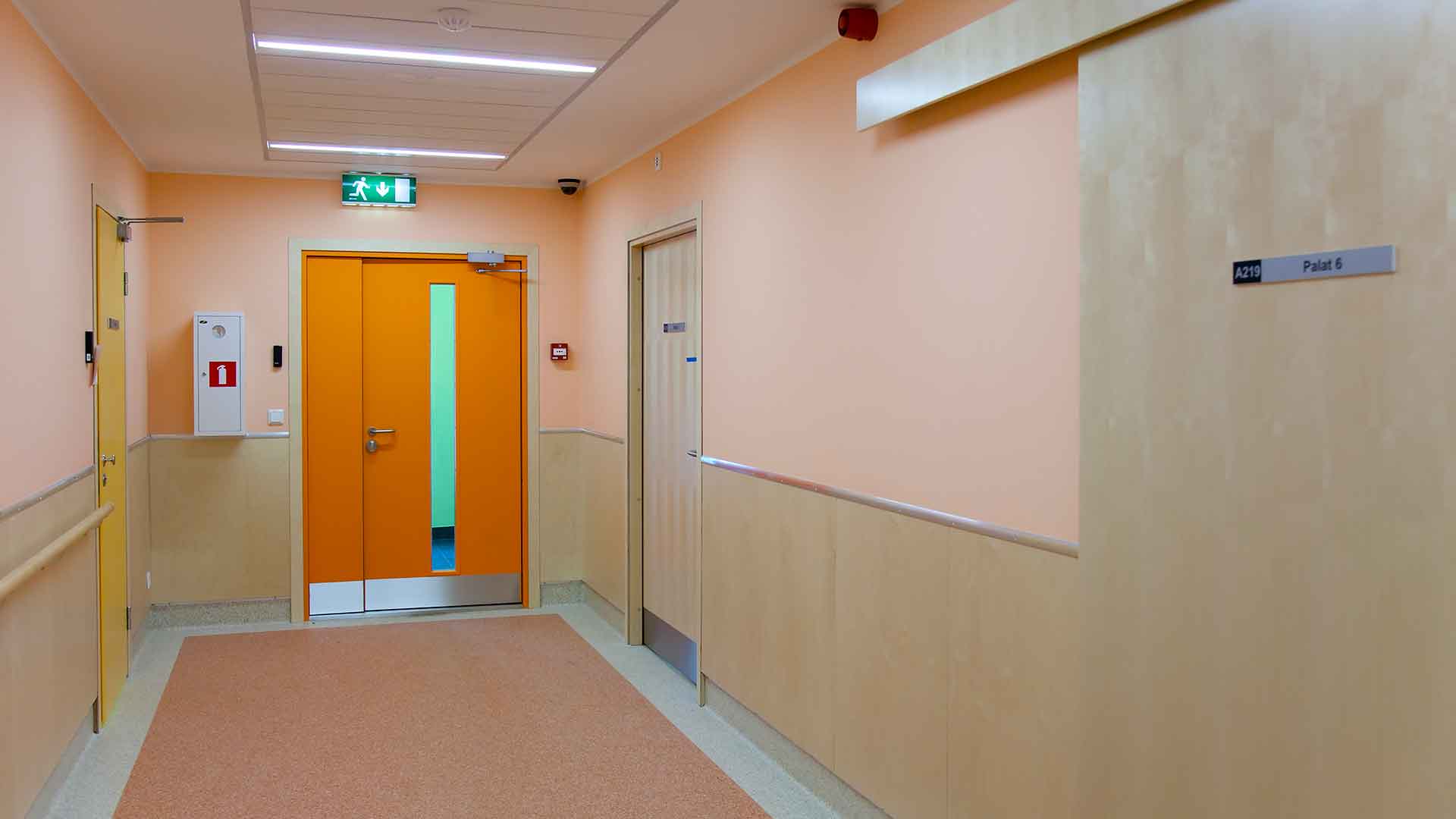Fire Rated Doors: Your Ultimate Guide to Choosing and Maintaining Fire Door Suppliers
As a building manager in Melbourne, Victoria, ensuring the safety of your occupants is a top priority. One critical aspect of building safety is the installation and maintenance of fire rated doors. This blog post aims to provide essential information, their Australian standards, and how to determine if a door needs to be rated. We will also discuss the difference between fire rated and fire resistant doors, as well as the rules and regulations in Victoria.
If you're in a hospital, shopping centres or apartment buildings, these all apply to your fire rated doors.
Understanding the Australian Standard for Fire Rated Doors
The Australian standard for fire rated doors is AS 1905.1, which outlines the requirements for fire-resistant door sets. Doors must meet strict criteria, including the ability to withstand fire and smoke for a specific period of time, typically ranging from 30 minutes to 4 hours. The standard also specifies the materials, construction methods, and installation.

Identifying If a Door Needs to Be Fire Rated
Consider the location and purpose of the door within your building. Fire rated doors are typically required in the following situations:
- Separating different fire compartments within a building
- Protecting exits and paths of travel to exits
- Enclosing fire-isolated stairwells, passageways, and ramps
- Protecting hazardous areas, such as plant rooms or storage areas containing flammable materials
It's essential to consult with a fire safety expert to assess your building's specific needs and ensure compliance with the relevant building codes and regulations.
Fire Rated Doors vs. Fire Resistant Doors: What's the Difference?
While the terms "fire rated doors" and "fire resistant doors" are often used interchangeably, they have subtle differences:
- Fire rated doors refer to door sets that have been tested and certified to withstand fire and smoke for a specific period. These doors are designed to prevent the spread of fire between compartments in a building.
- Fire resistant doors, on the other hand, refer to doors that can resist the passage of smoke and flames but may not have a specific fire rating. These doors are not subject to the same rigorous testing and certification process as fire rated doors.
In most cases, the term "fire rated door" is used to encompass both types of doors.
Rules and Regulations for Fire Doors in Victoria
In Victoria, fire rated doors must comply with the National Construction Code (NCC) and the Australian Standard AS 1905.1. Building managers should be aware of the following rules and regulations:
- Fire rated doors must be installed and maintained by a licensed professional.
- Door gaps must not exceed 3mm at the head and sides and 10mm at the bottom.
- Fire rated doors must be self-closing and self-latching.
- Any hardware, such as locks, hinges, and door closers, must be fire rated and compatible with the door set.
- Regular inspections and maintenance of doors are required to ensure optimal performance and compliance.
Conclusion
As a building manager in Melbourne, Victoria, it's crucial to understand the importance of fire rated doors and how they contribute to the overall safety of your building. By familiarizing yourself with the Australian standards, identifying the need for doors, and understanding the rules and regulations, you can ensure the safety of your building's occupants and comply with all relevant building codes.
CONTACT US
If you're looking for reliable and professional installation in Melbourne, look no further than Blanket Fire Protection. Our experienced team is ready to help you select the perfect solution for your building's safety requirements. Call us today or fill out our online enquiry form to discuss your needs and receive a free, no-obligation quote.
Changes to building regulations in June 2005 have introduced more stringent fire safety precautions for shared accommodation buildings in Victoria. The improved safety regulations are aimed at reducing the occurrence and severity of fire related injuries. The Building Regulations 2006 introduced further exemptions to the requirements."


Get a quote today!
Following the completion of our works, a detailed report can be provided detailing the services rendered and assuring that the works completed meet the Australian Standards as set by the BCA (Building Codes Australia).
Certificates of Compliance can be provided at the completion of works.



